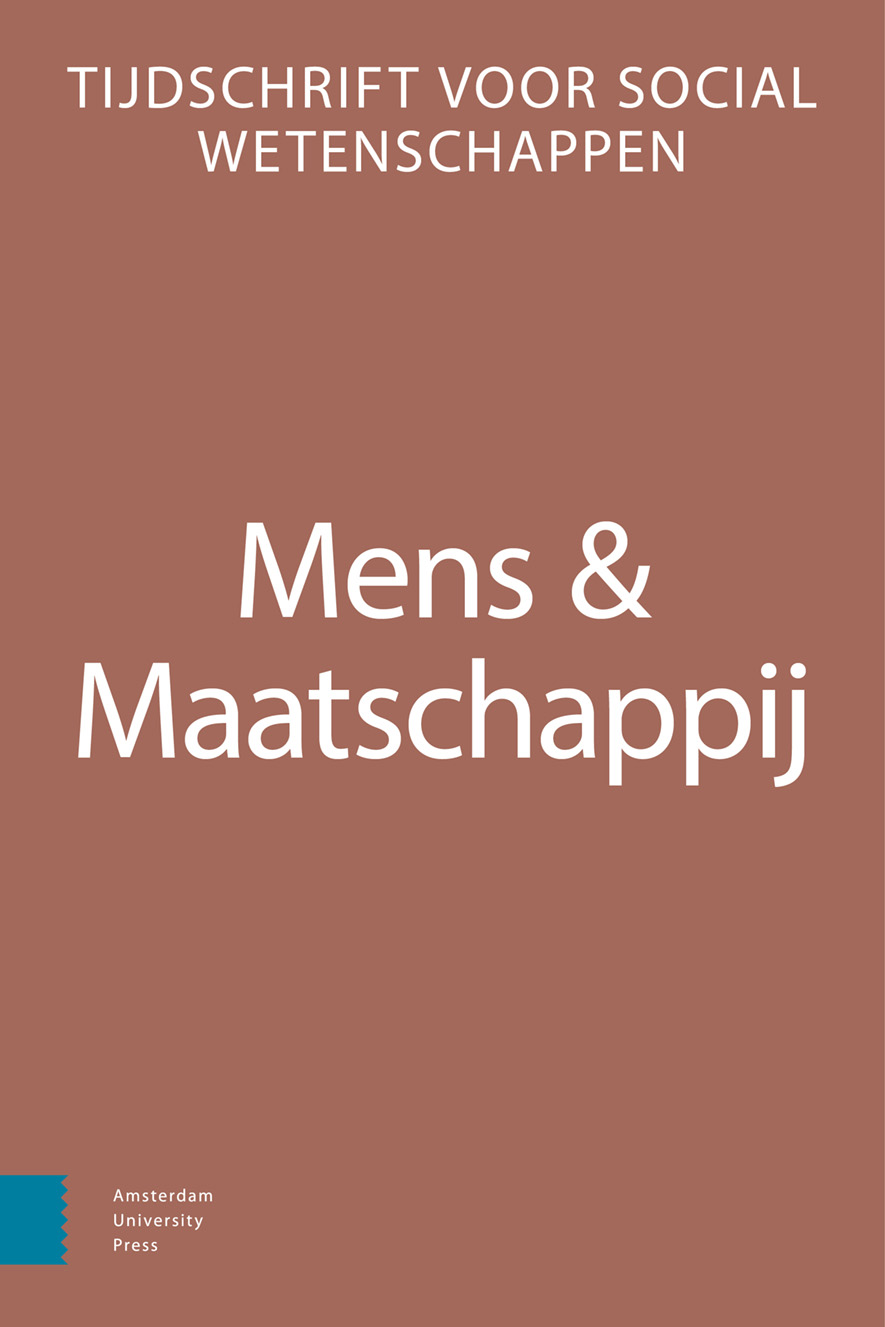-
oa Wat doet je moeder? De invloed van moeders beroepsstatus op de onderwijsuitkomsten van haar kinderen en hoe die zich verhoudt tot vaders invloed
- Amsterdam University Press
- Source: Mens & Maatschappij, Volume 98, Issue 1, mrt. 2023, p. 60 - 90
-
- 01 mrt. 2023
Samenvatting
What is your mother doing? The influence of mother’s occupational status on her children’s educational outcomes and how it is related to father’s influence
In this article, we investigated the influence of mother’s occupational status on her child’s educational outcomes and to what extent this depends on father’s occupational status. Based on the Breen and Goldthorpe (1997) model, we expected that mother’s occupational status positively affects the educational outcomes of her child, although this influence may be weaker than father’s influence due to remains of traditional gender roles in the Netherlands. Second, we expected that daughters benefit more from mother’s occupational status than sons. Finally, we derived from the dominance model (Erikson, 1984) that the positive influence of mother’s occupational status becomes weaker when father’s occupational status is higher. The three hypotheses were tested with datasets from the LISS panel in 2012 on 1.176 Dutch participants who grew up in dual earner households. The results of multilevel regression analyses show that mother’s occupational status indeed has a moderately positive effect on her child’s education level. This effect does not differ between sons and daughters and is independent of fathers’ occupational status. Unexpectedly, father’s occupational status does not affect his child’s educational level when mother’s occupational status is taken into account. This suggests that in dual earner households mother’s occupational status is more relevant than father’s occupational status.


